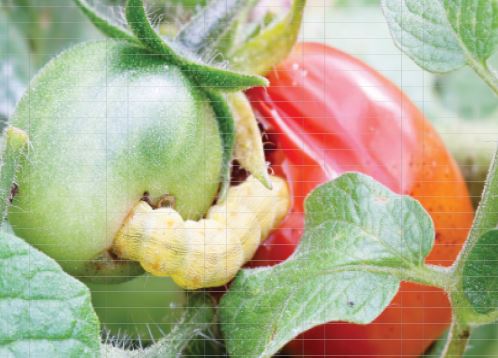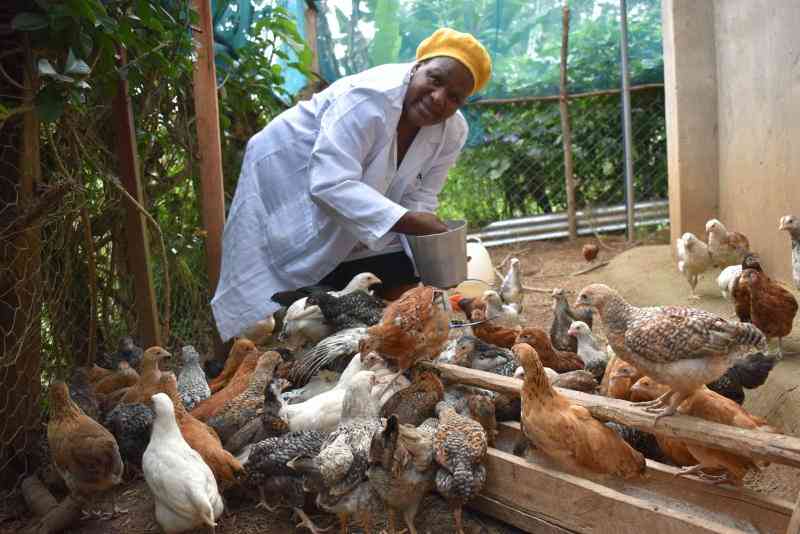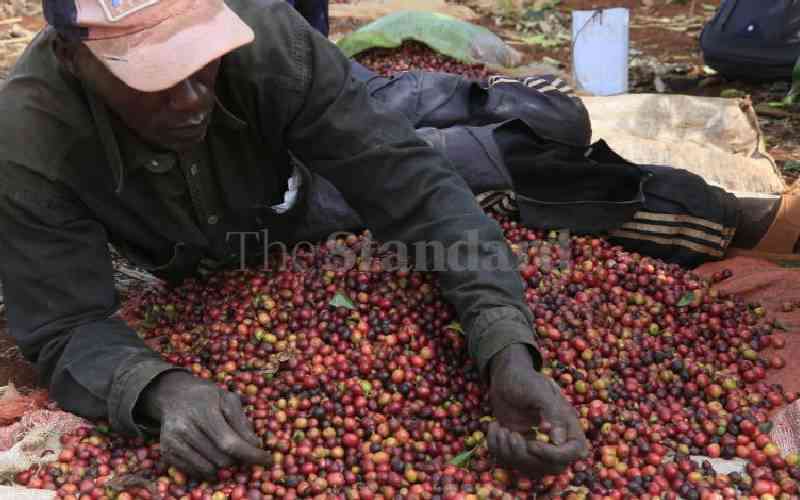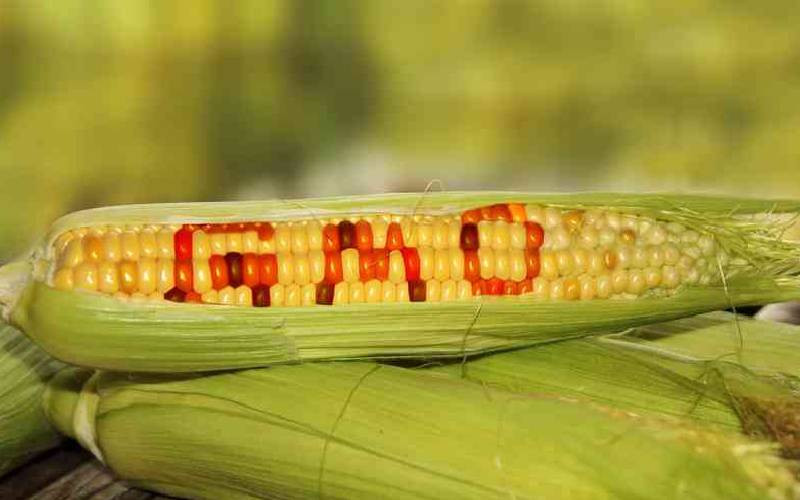
Tomatoes are an important high-value crop preferred by most farmers in Kenya. However, if not detected early, Tuta absoluta cause massive losses. Tuta absoluta also commonly known as tomato Leaf miner is a ferocious pest that attacks tomatoes and sometimes potatoes.
The pest attacks both tomato seedlings and mature plants. Tuta absoluta can reduce yield and fruit quality, causing up to 100 per cent yield losses in severely infested tomato crops. The main damage is noticed on leaves and fruits, but flowers and stems can also be affected. Larvae of Tuta absoluta feed on the mesophyll of the leaf leaving only the epidermis intact.
Any part of the tomato fruits can be affected, although there may be a preference for the protected area beneath the calyx, especially in immature fruits where the damage may go unnoticed. Infestation in more advanced stages of maturation results in malformations and galleries in the pericarp.
The pest hides underside the tomato leaves, bud stems and the calyx of unripe fruits. This makes it hard to control. Also, the pest has a short life cycle of 30 to 38 days and the female moth has ability to lay 260 eggs in one cycle. This means within 38 days the number of pests attacking the crop are numerous.
With this kind of reproduction, the pest can cause massive losses destroying the crop and increasing cost of production.
The pest is devastating because it is resistant to most pesticides making chemical control ineffective.
The most destructive stage is the larval stage which lives as a miner in the fruit, stem, fruit or stem.
The larva attacks by sucking sap from the leaf which results in marks on the leaf. The adult pests are active during the night making it hard for the farmer to target. An infestation of the pest has been attributed to buying seedlings that have traces of moth’s larva.
For effective management of the pest, it is recommended you procure seeds/seedlings from certified sources.
How to control the pest
To effectively control the Tuta absoluta, first detect and identify the leaf miner. To do this, use insect traps baited with pheromone. The baits will capture the pests and reduce their numbers.
Place the traps in the crop field strategically to capture the male insects form the pest position.
This method can be effective in low infested field or complement other control measures. Planting tomatoes in shade nets can reduce pest infestation.
Use of clean planting seeds or seedlings that are free of pests is recommended. Crop rotation will also ensure that the that crops belonging to the same family are not planted successively. Soil sterilization/solarisation to get rid of the larva eggs in the soil will prevent the spread of the pest.
Stay informed. Subscribe to our newsletter
Use of natural enemies can also be used in managing the Tuta absoluta. Use of predators such as spiders, wasps and ants have been reported to be effective as biological control methods.
Chemical control is difficult because the larvae live inside leaves, fruits and stems. In addition, pests such as T. absoluta, with a high reproductive capacity and very short generations, have an increased risk of developing resistance.
It is therefore crucial to avoid systematic applications, and only apply treatments according to pest population density and crop damage following the recommendations in the user’s manual.
It is also important to alternate the use of active substances with different modes of action (chemical group).
To control Tuta absoluta effectively, combine all control measures available and not rely only on insecticide sprays. It is important to pay attention to side effects of pesticides on natural enemies, especially predatory bugs.
As these individuals often have a slow establishment process, the insecticide should be selected carefully, especially in early growth stages of the crop.
[The writer comments on sustainable agriculture]
 The Standard Group Plc is a
multi-media organization with investments in media platforms spanning newspaper
print operations, television, radio broadcasting, digital and online services. The
Standard Group is recognized as a leading multi-media house in Kenya with a key
influence in matters of national and international interest.
The Standard Group Plc is a
multi-media organization with investments in media platforms spanning newspaper
print operations, television, radio broadcasting, digital and online services. The
Standard Group is recognized as a leading multi-media house in Kenya with a key
influence in matters of national and international interest.
 The Standard Group Plc is a
multi-media organization with investments in media platforms spanning newspaper
print operations, television, radio broadcasting, digital and online services. The
Standard Group is recognized as a leading multi-media house in Kenya with a key
influence in matters of national and international interest.
The Standard Group Plc is a
multi-media organization with investments in media platforms spanning newspaper
print operations, television, radio broadcasting, digital and online services. The
Standard Group is recognized as a leading multi-media house in Kenya with a key
influence in matters of national and international interest.









